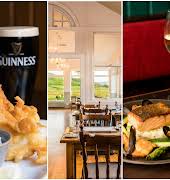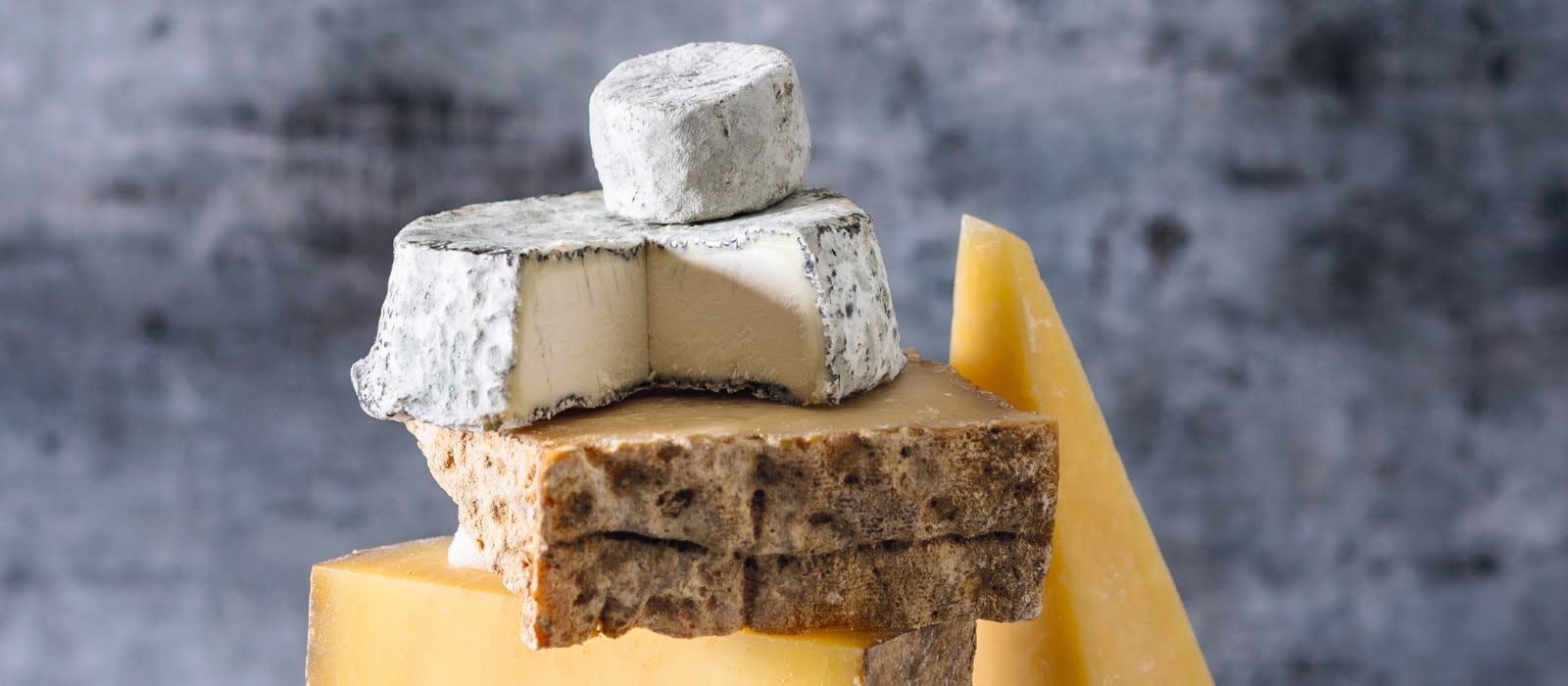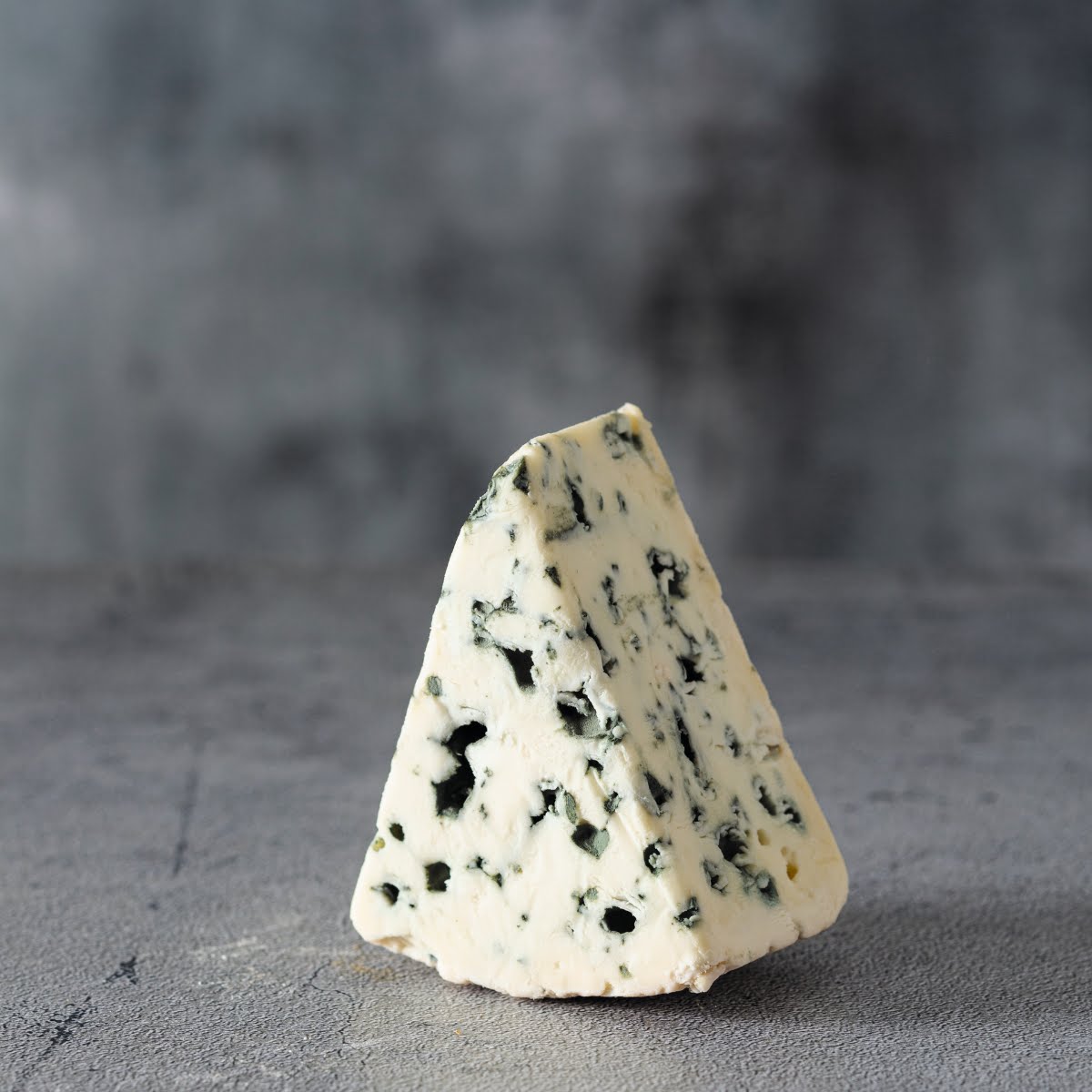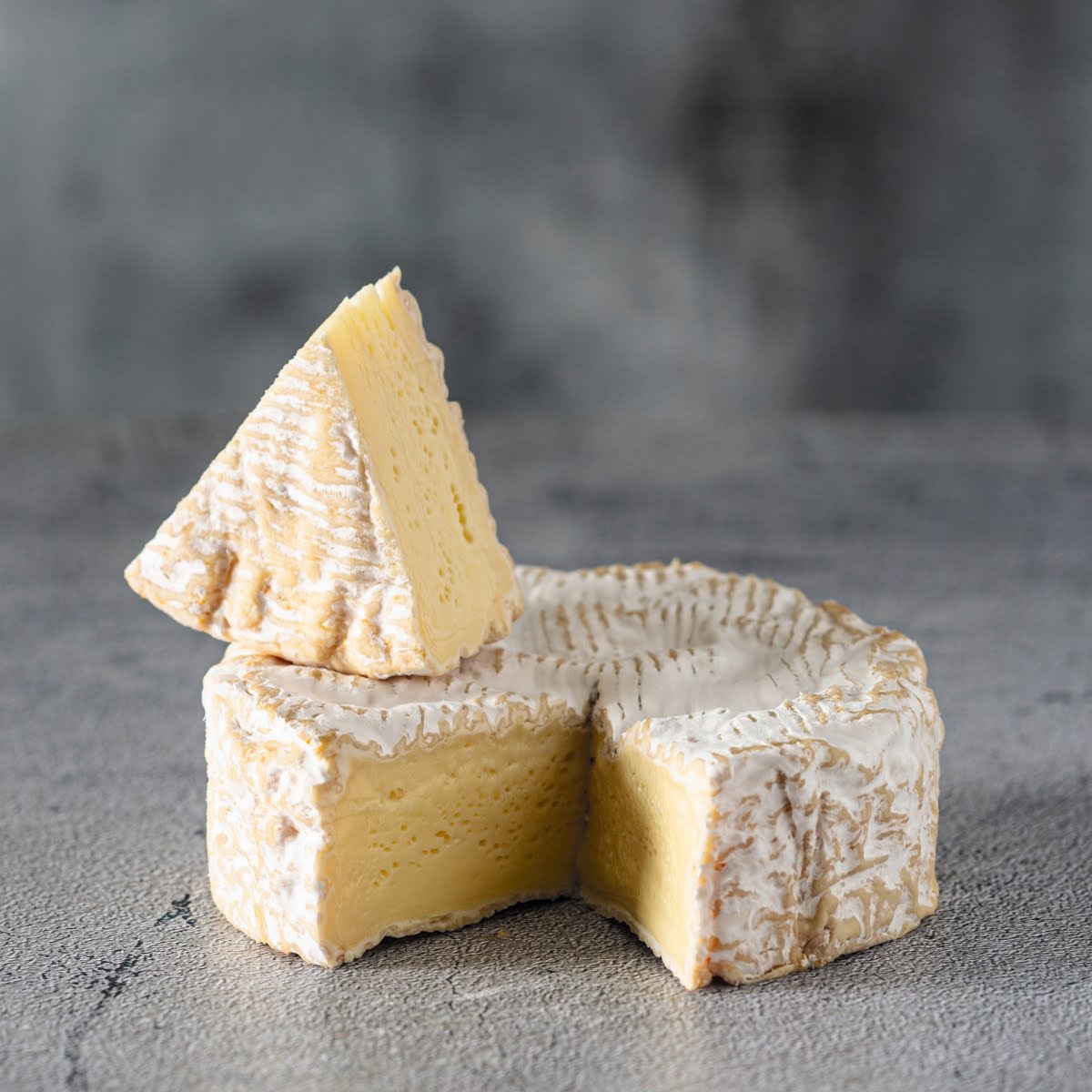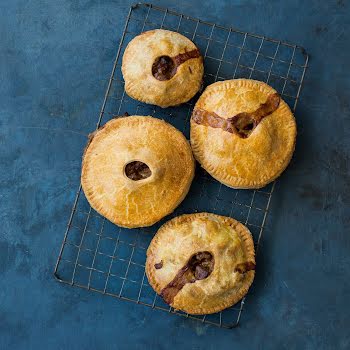Ever wonder the dos and don'ts of putting together a stellar cheese board? Culinary journalist Anne-Laure Pham and cheesemonger Mathieu Plantive share their top tips for impressing guests.
Just like the proper way to cut cheese, the right way to put together a cheese board or plate is a source of ongoing, passionate debate. Fortunately, there are no definitive answers. First and foremost, when assembling your selection of cheeses, you should focus on what you like and what you think your guests will enjoy, too, especially if that means introducing them to ones they are unfamiliar with.
The basics: How much cheese do you need?
- For the end of a meal (in France, cheese is served before dessert): Plan on between 60–80g per person, depending on the preceding dishes and number of guests. So, if there are four people, a nice piece weighing 200–300g is enough to wrap things up.
- For a pre-meal aperitif: Count on 80–100g per person, depending on what you’ll be serving later.
- For a cocktail party: Serve 100–150g per person, depending on the other nibbles.
- For a cheese and charcuterie buffet: Set out about 200g cheese, 150g charcuterie, and 250g bread per person.
- For a cheese-tasting soirée: Plan on about 250g per person.
- For raclettes and fondues: You’ll need about 250g cheese per person, or 300g if your guests are real enthusiasts.
The great cheese-plate debate: Which styles and formats to include?
To settle this question once and for all, Mathieu – our coauthor-cheesemonger – likes to serve a single cheese, preferably an unfamiliar one. You could even make your choice based on the number of guests, for example:
- one round of Mont d’Or for about 15 people
- one wheel of sheep’s milk tomme for about 30 people
- one wheel of Brie de Meaux for about 50 people (lucky guests!)
If you want to offer a choice—either because your guests will prefer it or you are hoping there will be plenty left over for the week—three different cheeses may suffice. For larger gatherings, you can offer a greater variety. If you have ten guests, you’ll need 500–800g of cheese, so five different cheeses will be more than enough. Serving more than that might lead to frustration as crowd-pleasers run out while other, often lesser-known varieties go untouched.
A few useful tips to keep in mind when selecting cheeses for a cheese plate or board:
- Include cheeses made from one of three different types of milk: cow’s, goat’s, or sheep’s.
- Offer a variety of textures, with one relatively creamy cheese, another with a melt-in-the-mouth texture, and a third, firmer cheese.
- Alternatively, you can make a themed plate with only goat cheeses or hard cheeses, for instance. Just be sure to consider your guests’ preferences, to ensure that everyone will enjoy the selection.
A cheese plate for each season
You can also compose your cheese plate around seasonal cheeses and flavours. Here are some potential combinations:
Spring
- Goat cheese, as this is the peak season, when chèvres galore return to market stalls
- Brocciu and other fresh cheeses for which it is easy to vary the accompaniments
- Soft cheeses made with the first pasture-based milk of the season
- Cooked pressed cheeses aged between twelve and twenty-four months
Summer
- Goat cheeses
- Tommes made in the spring
- Soft alpage cheeses like reblochon or Munster
- Younger cooked pressed cheeses, aged for around eight, ten, or fifteen months
Autumn
- Goat cheeses
- Vacherins
- Tommes made in the spring
- Morbier or other mountain tommes
- Cooked pressed cheeses aged between twelve and twenty-four months
Winter
- Vacherins, which are at their peak in winter
- Summer mountain cheeses (fromages d’estive), such as sheep’s milk tommes from the Pyrenees or semi-cooked pressed cheeses like Abondance
- Pressed cheeses aged for eighteen months, such as Comté, Beaufort, or Gruyère Mozzarella di bufala (yes, really!)
- Soft cheeses
Note that lactic goat’s milk cheeses are less readily available in winter.
What about seasonal cheese?
In speciality cheese shops, the selection is generally seasonal. Keep in mind that different cheeses reach their fullest flavour potential at different times of the year. The best season can also be a matter of personal taste: in France, cheeses with a creamy yellow texture, which reflect the nuances of pasture-based milk, are appreciated, while Italians tend to prefer cheeses that have a creamy, whiter texture. The “right season” for a given cheese depends largely on where it’s from and the weather in that particular year. Add to this the cheesemaker’s personality, mood, and tastes, and you’ve got a huge number of parameters to consider before making your choice. Ask your cheesemonger to guide you.
Choosing the right bread
Bread, like wine, is a product of fermentation and is an all-time classic partner for cheese, but which breads pair best with which cheeses? Here are some suggestions. Be sure to try the breads toasted, too.
- Traditional baguettes: With a crisp crust and tender crumb, baguettes are an excellent match for all kinds of cheese. They are especially good with soft, spreadable cheeses like Brie de Meaux and creamy goat cheeses.
- Sourdough bread: With their open yet chewy crumb and rustic, tangy flavour, sourdough-based breads pair beautifully with a fruity Comté or soft and ever-so-slightly tangy cheeses like reblochon or Morbier. This is our top choice.
- Whole-grain bread: The distinct grain flavours and occasional dried fruit and hazelnut notes in whole-grain bread pair beautifully with Mont d’Or or Cheddar.
- Rye bread: The nutty, toasted grain flavours in rye bread are perfect with Saint-Nectaire, Munster, Salers, or Brillat-Savarin.
- Heritage-grain bread (Einkorn, buckwheat, etc.): Try these with bold cheeses like the blues for a refreshing change from the classic Roquefort and fig-walnut bread pairing, which is a little too sweet, rich, and overpowering for our taste. In fact, we prefer fig-walnut or even apricot bread with goat cheeses for a more harmonious balance of flavours, rather than a noisy clash of heavyweights.
- Hazelnut bread: This bread’s mild, lightly sweet flavour pairs well with cooked pressed cheeses and goat cheeses like Sainte Maure de Touraine.
- Sesame bread: this bread provides a nice contrast to full-flavoured Manchegos, thanks to its slight crunch and a flavour reminiscent of hazelnuts, but with a little more tang. And why not toast it and top it with a little paneer?
- Corn-flour bread: Made from fine cornstarch (cornflour), as opposed to traditional American-style cornbread which uses cornmeal, this bread has a mild sweetness that contrasts well with the salty, assertive notes of blue cheeses, Ossau-Iraty, or long-aged mimolettes.
- Olive fougasse: This savoury fougasse nicely complements salty cheeses. Try it with pecorino for a sharp edge or pélardon for a more harmonious duo.
- Crackers: Like baguettes, crackers are eminently versatile. Crisp and mildly wheat-flavoured (unless seasoned with aromatic herbs or seeds), they are perfect with melt-in-the-mouth cheeses like chèvre, Stilton, Mont d’Or, or Brie.
A few food pairings
- More-ripened chevres pair beautifully with figs.
- Did you know that Camembert cellars smell strongly of green apples in the early ripening phase? The classic pairing of Camembert with apples is no coincidence after all.
- You can’t go wrong by pairing a soft creamy blue with a date or quince paste.
- For a simple cheese plate, serve members of the Cheddar family with apples, grapes, celery, and honey.
- Gruyère pairs beautifully with walnuts, almonds, or any other nut, alongside a fruit paste like quince or apricot.
- Gorgonzola and Taleggio have a natural affinity with pears, figs, walnuts, and berries.
- Apricots, blackberries, grapes, or celery are wonderful companions to Morbier and add colour to cheese plates.

Extracted from The Complete Book of Cheese: History, Techniques, Recipes, Tips by Anne-Laure Pham and Mathieu Plantive (Flammarion, 2024).

